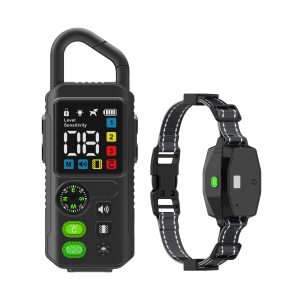Dog Collar Bark Control: Understanding Its Effectiveness and Ethics
Dog bark control collars have gained popularity as a solution for excessive barking. While they can be effective, it’s essential to understand the mechanisms, types, and ethical considerations before utilizing them.
The Science Behind Dog Collar Bark Control
These collars work based on sound, vibration, or mild electric shocks. They detect barking through sensors and trigger a response to discourage further barking. While they may interrupt the behavior, they should be used judiciously to avoid stress or fear in the dog.
Types of Bark Control Collars
There are various types of collars available, including ultrasonic, vibration, and static correction collars. Ultrasonic collars emit a high-pitched sound, vibration collars provide a buzzing sensation, and static correction collars give a mild shock. Each type has its advantages and drawbacks.
Training and Ethical Considerations
Before using a bark control collar, proper training is crucial. Positive reinforcement methods should be employed alongside collar usage to ensure the dog understands the desired behavior. It’s important to never use the collar as a punishment.
Benefits of Bark Control Collars
When used correctly, bark control collars can help address excessive barking issues and improve the relationship between owners and their pets. They can be particularly useful in situations where barking poses a disturbance to neighbors or causes stress to the dog.
Conclusion
While dog collar bark control can be an effective tool, it should be used responsibly and with the well-being of the dog in mind. Understanding the science behind these collars, the different types available, and the importance of proper training is essential to ensure a positive outcome.




